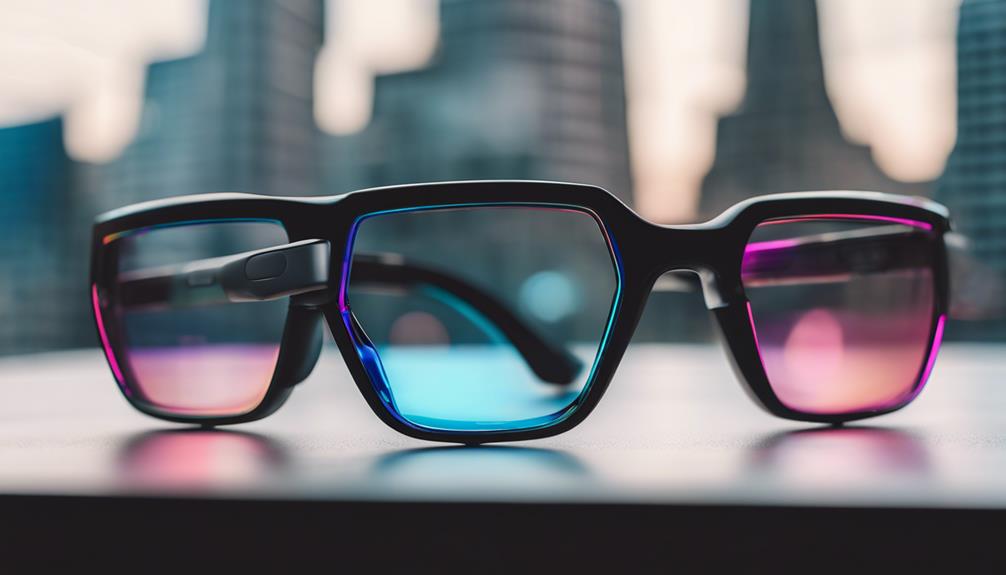In an age where information is power, the art of espionage has evolved dramatically. Gone are the days of trench coats and shadowy alleyways; today’s spies rely on cutting-edge technology to gather intelligence discreetly and efficiently. This article delves into some of the most awesome spy gadgets currently available, exploring their functionality, applications, and the impact they have on modern surveillance.
The Evolution of Spy Gadgets
Spy gadgets have a rich history that reflects the technological advancements of their time. From simple listening devices used during World War II to sophisticated drones and digital surveillance tools of today, the evolution of espionage technology is fascinating. The shift from manual to digital intelligence gathering has opened up new avenues for information collection, making it more efficient and less risky.Good Travel Gadgets
Historical Context
- World War II: The use of microfilm and hidden cameras was prevalent, with spies using these tools to gather crucial intelligence.
- Cold War Era: The introduction of electronic espionage tools, such as wiretaps and bugs, marked a significant leap in the capabilities of intelligence agencies.
- 21st Century: The rise of the internet and mobile technology has led to the development of digital surveillance tools that are more discreet and powerful than ever before.
Top Awesome Spy Gadgets
Let’s explore some of the most impressive spy gadgets that illustrate the current state of espionage technology.
1. Miniature Cameras
Miniature cameras have become essential tools for modern spies. These ultra-compact devices can capture high-resolution video and images without drawing attention.
- Types: Button cameras, pen cameras, and keychain cameras.
- Uses: Surveillance, evidence gathering, and covert operations.
For example, the Pinhole Camera is so small it can be hidden in everyday objects, making it nearly impossible to detect.
2. GPS Trackers
GPS trackers are invaluable for monitoring the movements of individuals or vehicles. These devices can provide real-time location data and are often used for surveillance purposes.
- Types: Hardwired trackers, portable trackers, and smartphone apps.
- Applications: Tracking suspects, monitoring assets, and ensuring safety.
A notable example is the Jiobit Smart Tag, which is small enough to be attached to clothing and provides real-time location tracking.
3. Listening Devices
Listening devices, or “bugs,” have been a staple in espionage for decades. Modern versions are more sophisticated and can transmit audio over long distances.
- Types: Wireless microphones, phone tapping devices, and digital recorders.
- Capabilities: High-quality audio recording, long battery life, and remote access.
For instance, the SpyTec STI GL300MA is a popular choice among private investigators for its ability to relay audio and video in real-time.
4. Drones
Drones have revolutionized surveillance, allowing for aerial reconnaissance without putting an agent at risk.
- Types: Fixed-wing drones, quadcopters, and stealth drones.
- Uses: Monitoring large areas, capturing high-resolution images, and gathering intelligence from hard-to-reach places.
For example, the DJI Mavic Air 2 is favored for its advanced camera capabilities and ease of use, making it ideal for both commercial and covert operations.
5. Smart Home Devices
Smart home technology has also been co-opted for espionage purposes. Devices like smart speakers and home security cameras can be manipulated to serve as surveillance tools.
- Examples: Amazon Echo, Google Nest, and Ring cameras.
- Capabilities: Remote access, voice activation, and continuous monitoring.
However, these devices pose ethical questions regarding privacy, as they can be hacked or misused for unauthorized surveillance.
Case Studies: Real-World Applications
To illustrate the effectiveness of these spy gadgets, let’s look at some real-world applications.
1. Corporate Espionage
In the corporate world, companies invest heavily in espionage technology to protect trade secrets. One notable case involved a tech giant using drones to monitor a competitor’s facilities.
Through aerial surveillance, they were able to gather intelligence on new product developments and adjust their strategies accordingly.
2. Law Enforcement
Law enforcement agencies utilize spy gadgets for various operations. For instance, the use of GPS trackers has allowed police to monitor suspects without alerting them, leading to successful arrests in several high-profile cases.
A study by the Bureau of Justice Statistics found that agencies equipped with advanced surveillance technology reported a 20% increase in successful investigations.
3. Personal Security
Individuals also use spy gadgets for personal security. For example, GPS trackers can help parents keep tabs on their children’s whereabouts, while mini cameras can provide evidence in cases of harassment or stalking.
According to a survey conducted by the National Center for Missing & Exploited Children, 70% of parents believe that GPS tracking devices offer peace of mind.
Ethical Considerations and Privacy Issues
With the proliferation of spy gadgets, ethical considerations and privacy concerns have become paramount. While these tools can enhance safety and security, they can also infringe on personal privacy.
- Informed Consent: Many argue that individuals should be informed if they are being monitored.
- Data Security: The risk of hacking and unauthorized access to sensitive information is a significant concern.
- Legislation: Governments are beginning to implement regulations governing the use of surveillance technology to protect citizens’ privacy.
As technology continues to advance, the balance between security and privacy will remain a contentious issue.
Conclusion
The landscape of espionage has transformed dramatically with the advent of advanced spy gadgets. From miniature cameras to drones, these tools have redefined the boundaries of surveillance and intelligence gathering. While they offer incredible capabilities for both law enforcement and personal security, ethical concerns surrounding privacy cannot be overlooked. As we move forward, it is essential to find a balance that protects individual rights while leveraging technology for safety and security purposes.
In summary, the awesome spy gadgets of today not only illustrate the impressive progress in technology but also highlight the pressing need for responsible usage and regulation. Whether for corporate espionage, law enforcement, or personal security, understanding these tools’ implications is crucial in the digital age.
